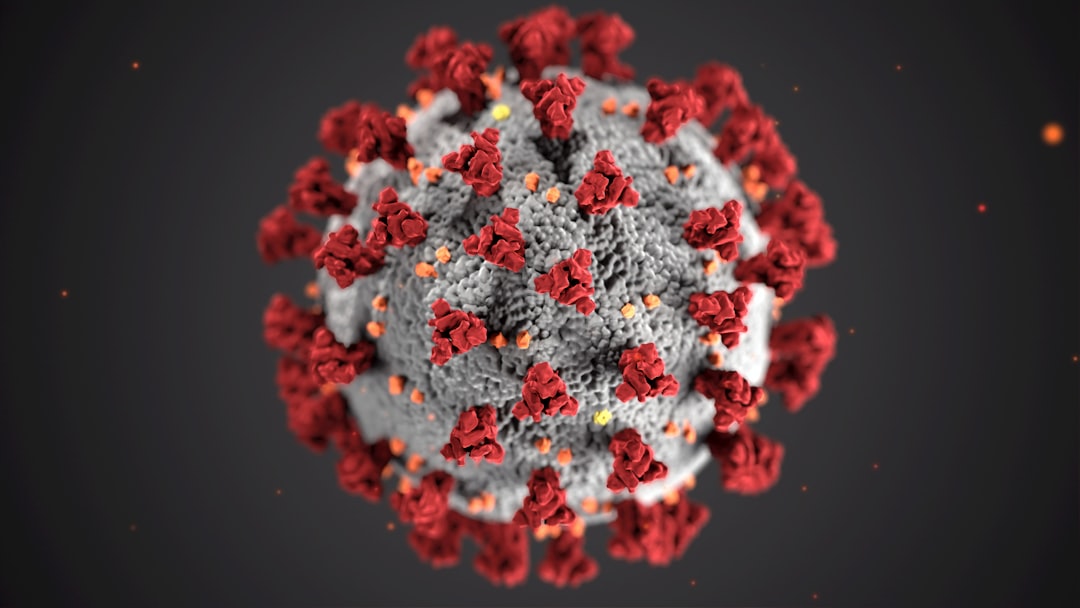What is it about?
We studied in detail the interactions between two proteins that participate in plant defense. We did it through a combination of computational methods and wet-lab testing. The first method is known as "Molecular dynamics," where you can model atom by atom the behavior of a protein or two proteins interacting as here we report. Here we modeled the transcriptor factor MYC3 interacting with each of the JAZ family's twelve proteins. We also searched the literature for detailed experimental evidence of interaction between MYC3 and any JAZ family proteins. With this information and data calculated from the computer simulations, we trained a machine-learning algorithm to recognize the most critical points where the two proteins interact. With the results, we identified an interaction motif SL••FL•••R and further tested it in the wet-lab.
Featured Image

Photo by Ilya Pavlov on Unsplash
Why is it important?
The advantage of using our publication is that we show how using available experimental data (literature) as a scaffold to design computational experiments increased the accuracy of our predictions. We collected data for a specific protein-protein interaction from the literature and predicted the effect on a whole group of proteins for which minimal experimental data was available. Integrating computational insights to characterize or design complex system increases our understanding and optimizes experimental resources.
Perspectives
This publication shows that computational tools such as artificial intelligence and simulation can help us reveal molecular details that otherwise require extensive wet-lab experimentation. The publication also exploits a property of plant genomes. We can find extensive families of very similar proteins. A researcher intuitively will guess that these similar proteins will share protein-protein interactions but will need to do the experiments. Here we tested a complete set within a family reproducibly and precisely with the same protocol. We could verify the predictions (key aminoacids call "hot spots" ordered in a specific sequence, interaction motif). Finally, we were able to "return" a lost interaction to a protein (PEAPOD), artificially verifying the residues' importance found computationally.
Miguel Mendez
Universidad San Francisco de Quito
Read the Original
This page is a summary of: The Molecular Basis of JAZ-MYC Coupling, a Protein-Protein Interface Essential for Plant Response to Stressors, Frontiers in Plant Science, August 2020, Frontiers,
DOI: 10.3389/fpls.2020.01139.
You can read the full text:
Resources
Contributors
The following have contributed to this page










